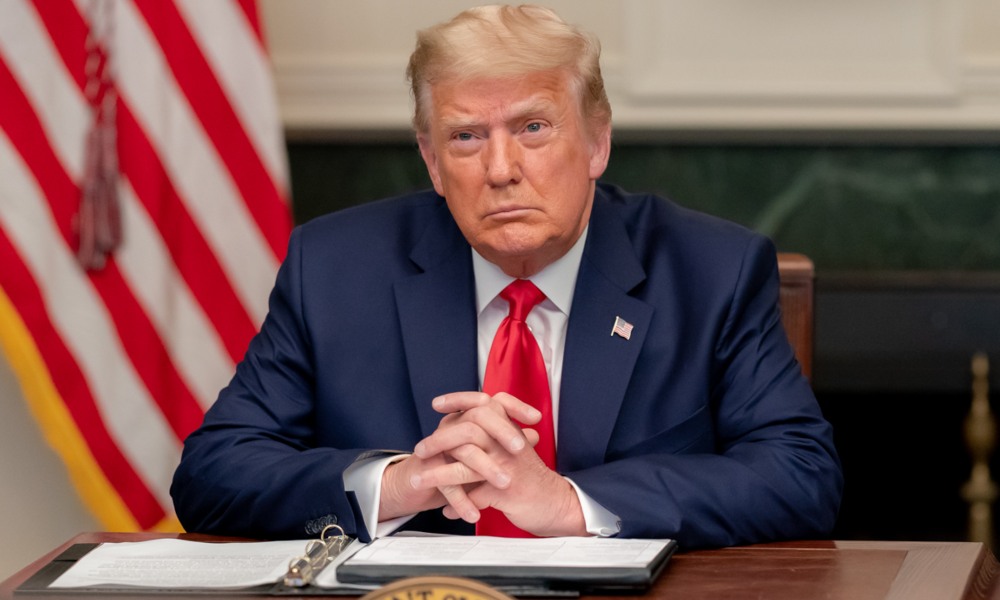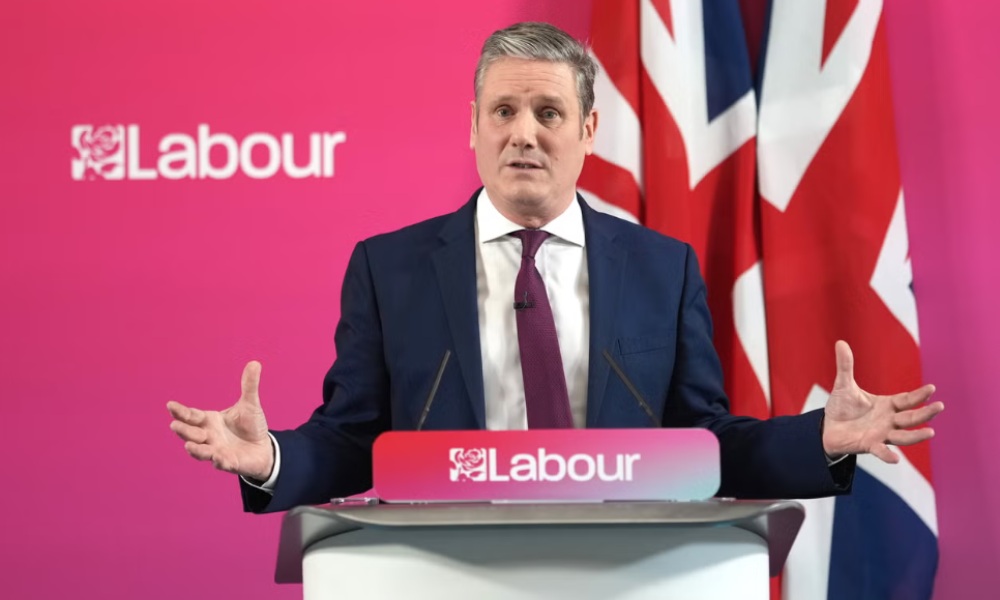More former Conservative Party members of Parliament have left to join the Labour Party since 2022 than ever before in British political history.
Key points:
- Multiple ex-Conservative MPs have defected to Labour recently
- This is an unprecedentedly high number of party switchers
- It signals trouble for the Conservatives and a potential labor surge
- Labour leader Keir Starmer is working to reshape his party
Why is this happening, and what does it mean for politics in the UK? Let’s examine it closely.
Tories Abandoning Ship
Steadily Growing Defections
In the past couple of years, a small but notable stream of MPs elected as Conservatives have quit that party to join Labour instead. The latest defector is Mark Logan, the former Conservative MP for Bolton North East. Logan’s switch makes him the fourth person elected as a Tory in 2019 to join Labour while still in Parliament subsequently.
What’s driving these defections? According to political experts, it creates an impression of momentum building for Labour under Keir Starmer’s leadership. With multiple MPs leaving, it reinforces a narrative of the Conservative Party as a sinking ship that lawmakers are abandoning.
Unprecedented Numbers
While occasions of MPs crossing the floor between parties are nothing new, the sheer number leaving the Conservatives for Labour since 2022 is unparalleled in British history. This deluge of defectors represents a huge oblique for the Tories and a significant boost for the opposition.
It’s clear that a growing number of lawmakers previously elected as Conservatives no longer feel that the party represents their values or preferred policy directions. Their choices to depart suggest widening divisions within the big tent of conservatism.
Labour Rearranging the Furniture
Stamping His Authority
These defections occur against the backdrop of Labour leader Keir Starmer working to tighten party discipline and reshape Labour in his image. Since the party’s poor performance under Jeremy Corbyn’s leadership, Starmer has taken a ruthless approach to party management.
Starmer’s allies have been accused of creating an inner golden circle of favored candidates allowed to stand for election while blocking or discouraging those viewed as insufficiently loyal. MPs on the party’s left wing, like Diane Abbott, have faced uncertainties about their future election candidacies.
Brushing Out the Cobwebs
According to Labour insiders, Starmer wants to enter government without having to contend with loud internal critics constantly opposing him from the left. He aims to purge Labour of its more radical Corbyn-era elements and return it to a center-left, business-friendly orientation.
However, Starmer’s hardline tactics have caused anger even among previously loyal Labour voices. Many see his moves as lacking transparency, unfairly targeting women and minority MPs, and concentrating power among an insular clique of top advisors’ allies.
Can Starmer successfully remodel Labour as a unified electable force? Or will the tensions caused by his heavy-handed approach undermine the party’s path to power? Only time will tell.
A Taste of Polls to Come?
While most analysts doubt this defection saga will substantially impact voting patterns, it offers an intriguing preview of the battles ahead if Labour does form the next government. Any disgruntled or disaffected MPs prevented from standing could become rebel thorns in Starmer’s side down the road.
Given this backdrop of cross-party carpet-shaking, voters face a fundamental question: Do they prefer an ideologically heterogenous broad church party that allows some internal dissent? Or is a more ruthlessly unified and disciplined political movement the ideal vehicle for delivering on its platform?
Britain’s democratic future may hinge on the answer. If you were deciding today, which path would you choose?
The screenshot is taken from – independent.co.uk
















